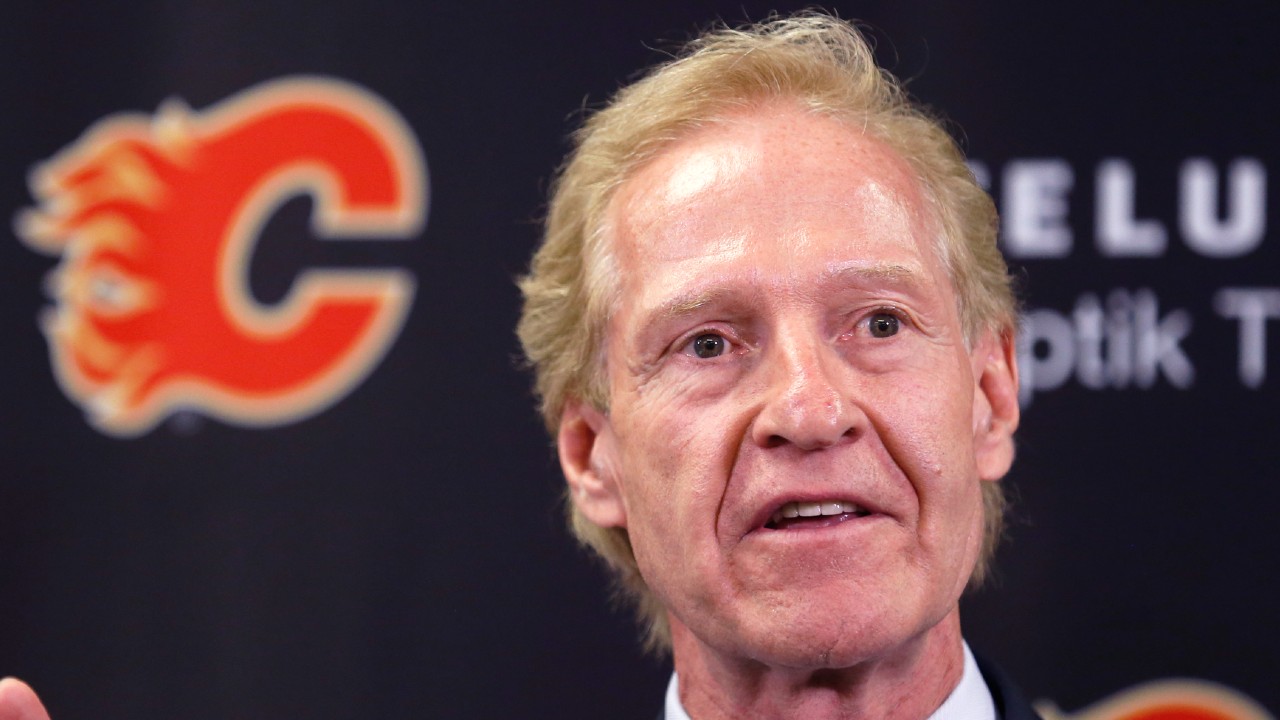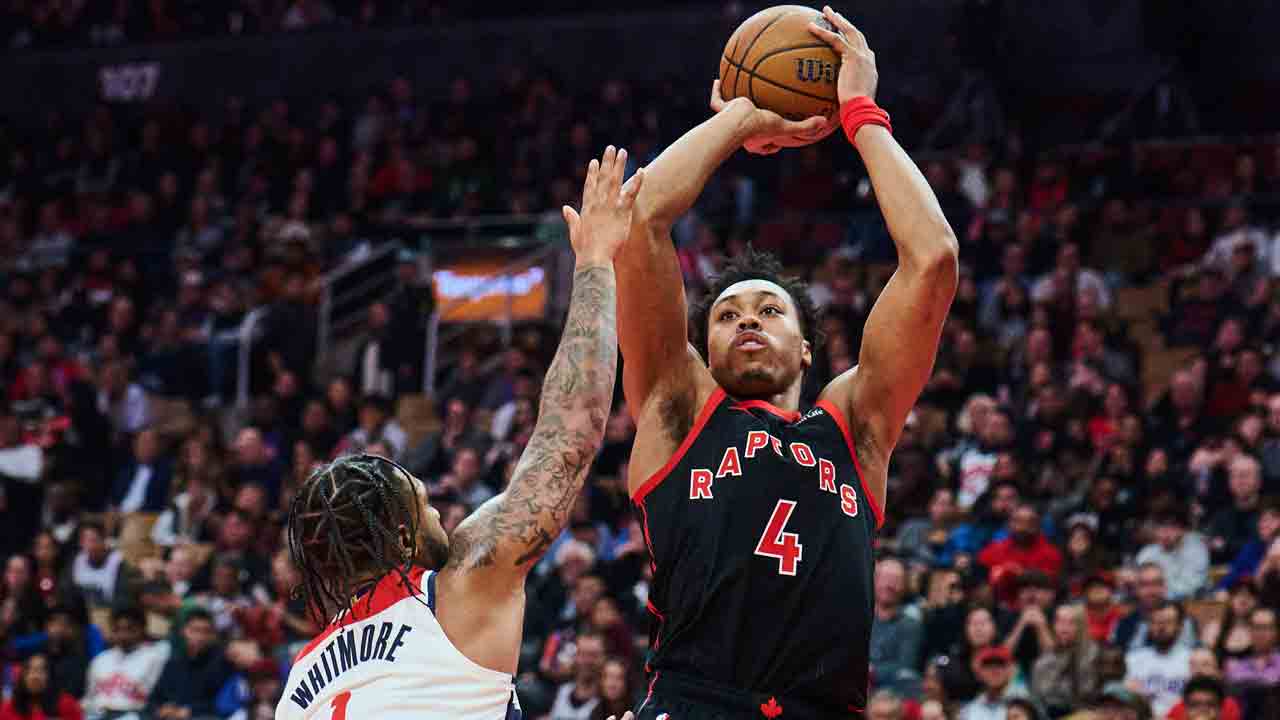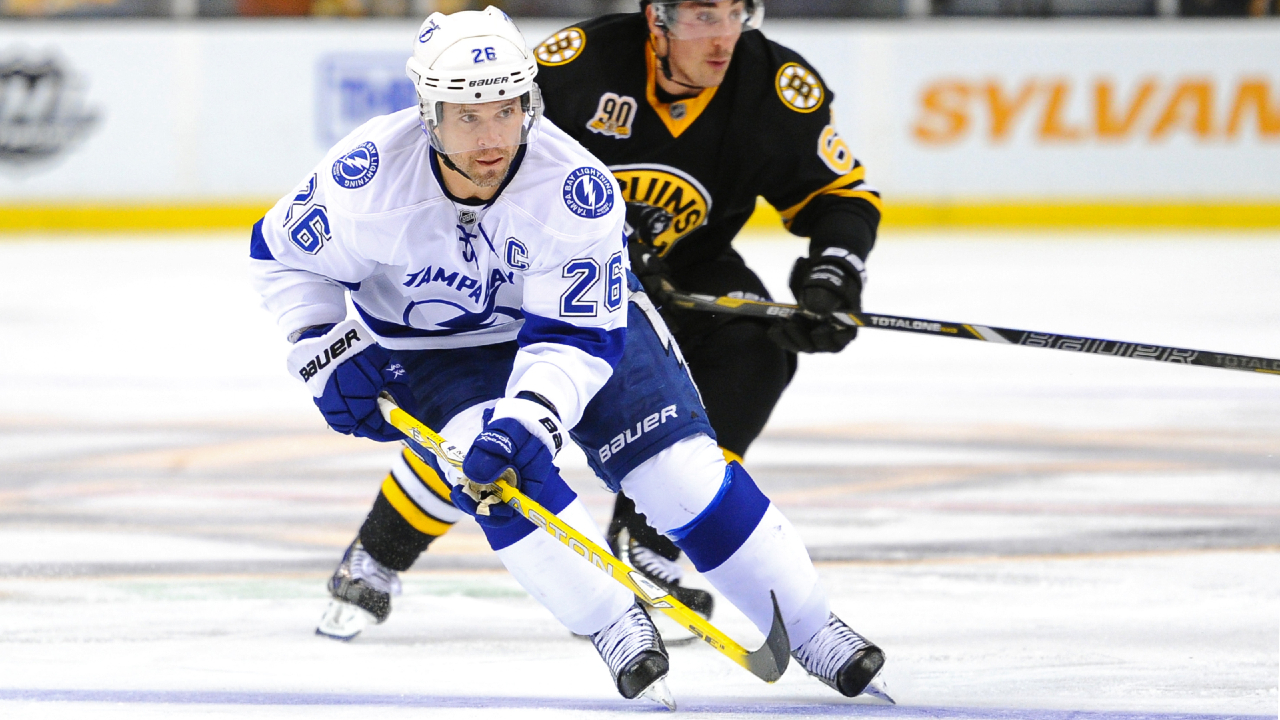
CALGARY — Flames fans living in Calgary the last decade will never forget the sting and sadness that came from seeing Jarome Iginla say goodbye to the city.
Ending a 17-year era in which he was undoubtedly the greatest Flames player of all time, his departure in 2013 was one of those pit-in-your-stomach-type endings.
Plenty of rumours had preceded the move and the logic was clear – it was time for him to move on, for everyone’s sake.
Iginla’s departure was the latest in a long line of high-profile separations the Flames went through, starting in the early 90’s when the core of the Cup champs was gutted. Without the aid of a salary cap, the small-market Flames couldn’t afford to keep the likes of Al MacInnis, Joe Nieuwendyk, Mike Vernon and Joe Mullen.
Each one of those departures stung.
But when looking at the five players who left Calgary that hurt the most, none of the aforementioned make the list.
Instead, the list is populated by players who left Calgary and went on to realize their ultimate potential elsewhere as Flames fans watched in horror:
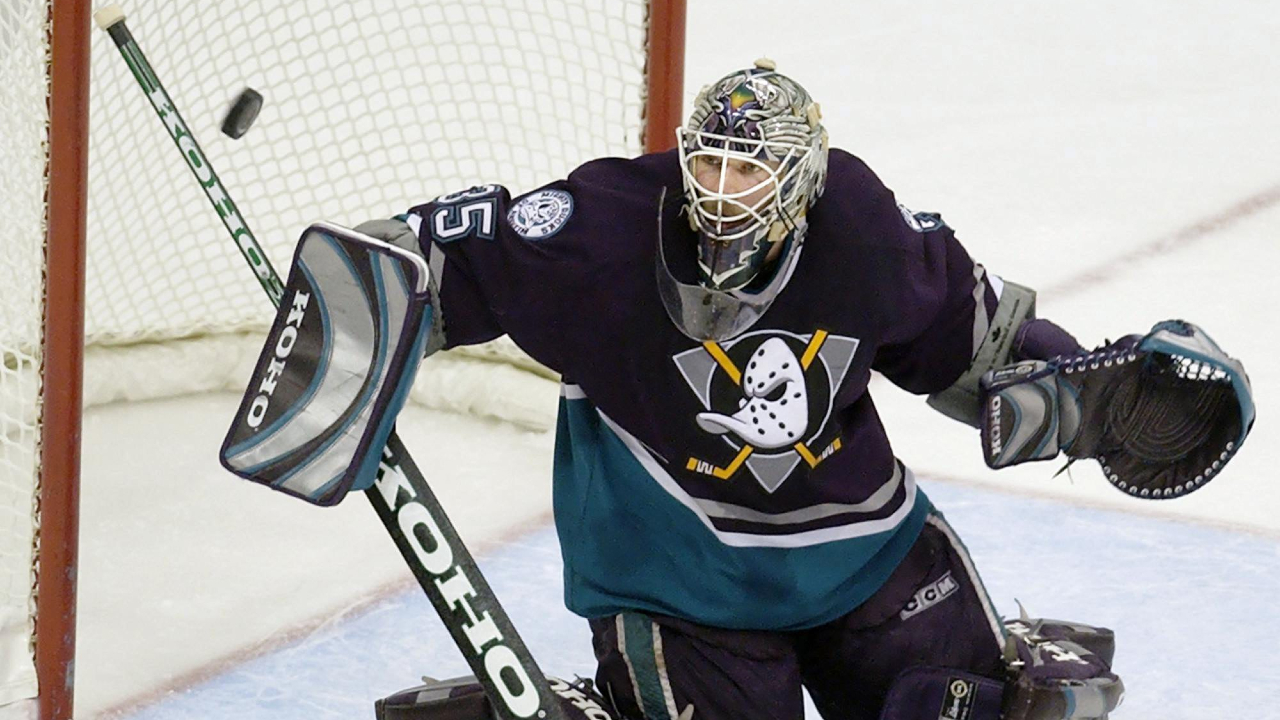
5. J.S. Giguere
A first-round draft pick of the Hartford Whalers in 1995, the QMJHL star was traded to Calgary with Andrew Cassels for Gary Roberts and Trevor Kidd.
The plan was for him to be the Flames’ future starter, but after four years in the organization — spent largely in the AHL — he was the first player to be shipped out by Craig Button after Al Coates was let go as GM.
With only 22 games of NHL experience in Calgary, it was determined the man who was once a building block simply couldn’t elevate his game at the highest level.
His goalie coach, Francois Allaire, urged Anaheim to send Calgary a second rounder for J.S. Giguere. It was with the Mighty Ducks that Giguere blossomed, becoming just the fifth (and most recent) player to earn the Conn Smythe Trophy despite losing in the Stanley Cup final in 2003.
Four years later he backstopped the Ducks to their first Stanley Cup crown with the aid of a specialized water bottle that reduced air intake and cured his dehydration issues.
All the while Flames fans watched with envy, as he went on to play almost 600 NHL games.
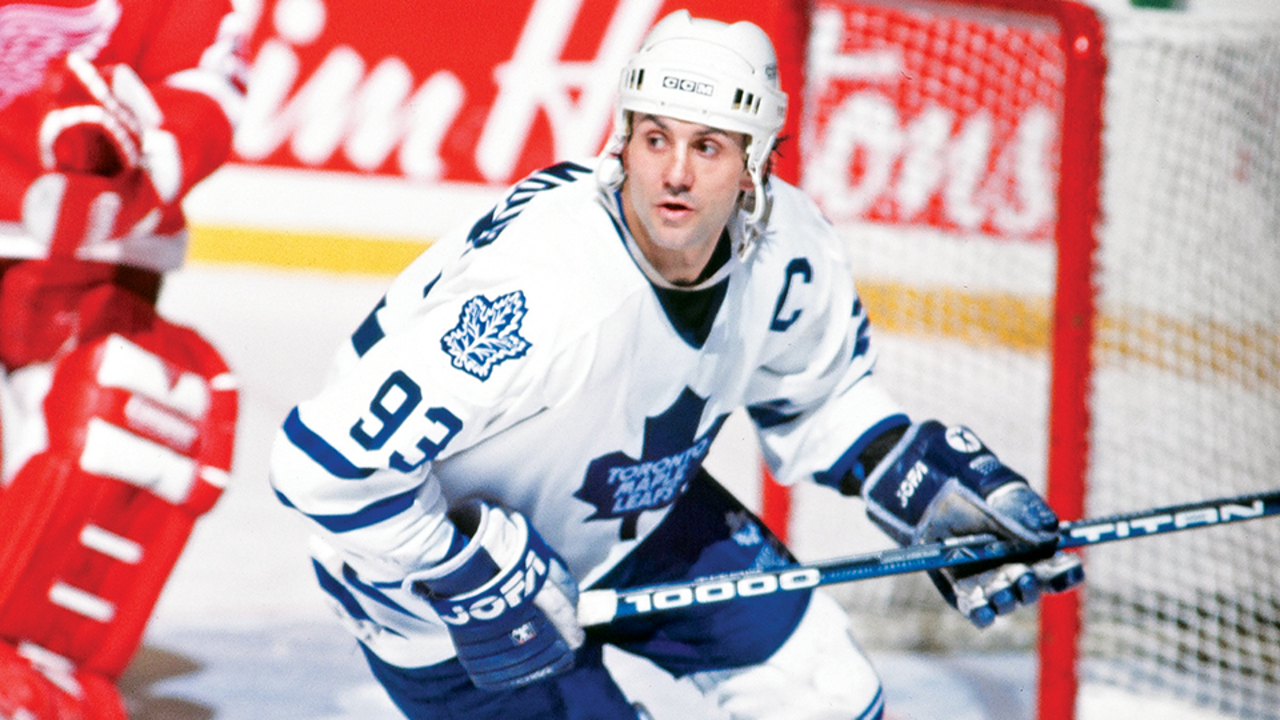
4. Doug Gilmour
There’s absolutely no question of the importance Doug Gilmour played in the Flames’ Stanley Cup run in 1989. He brought plenty of character, grit and fire to a team that needed those intangibles to get over the hump.
Not only that, they needed his skill. While Lanny McDonald often gets the credit for scoring the Cup clincher, it was, in fact, Gilmour’s first of two on the night that secured the Cup at the Montreal Forum that night.
“Killer” was named one of the team captains the following season before a contract dispute led him to walk out on the team on New Year’s Eve 1991.
The next day he was traded to Toronto as part of a ten-player deal with Jamie Macoun, Kent Manderville, Rick Wamsley and Ric Nattress for Gary Leeman, Craig Berube, Michel Petit, Alex Godynyuk and Jeff Reese.
The deal changed the course of both franchises, as Gilmour took his stellar two-way game to new heights in Toronto.
The next year he shattered Leafs records with 127 points to lift Toronto to its first winning season in 14 years, taking them to the conference final were he had 35 points before taking a high stick from Wayne Gretzky in a Game 6, series-ending loss to the Los Angeles Kings.
He won the Selke Trophy that year, finished second to Mario Lemieux in Hart Trophy voting and was later named Leafs captain to kick-start a handful of years in which the Leafs were Cup contenders.
He later went on to become the captain in Chicago as part of a winding journey through the NHL that included 450 goals, almost 1,500 games, a jersey retirement in Toronto and election into the Hockey Hall of Fame.
All the while, fans of the struggling Flames watched from afar — until Gilmour’s career ended in his first game back with the Leafs following a trade from Montreal in 2002.
A collision with Dave Lowry at the Saddledome on Gilmour’s second shift tore his ACL.
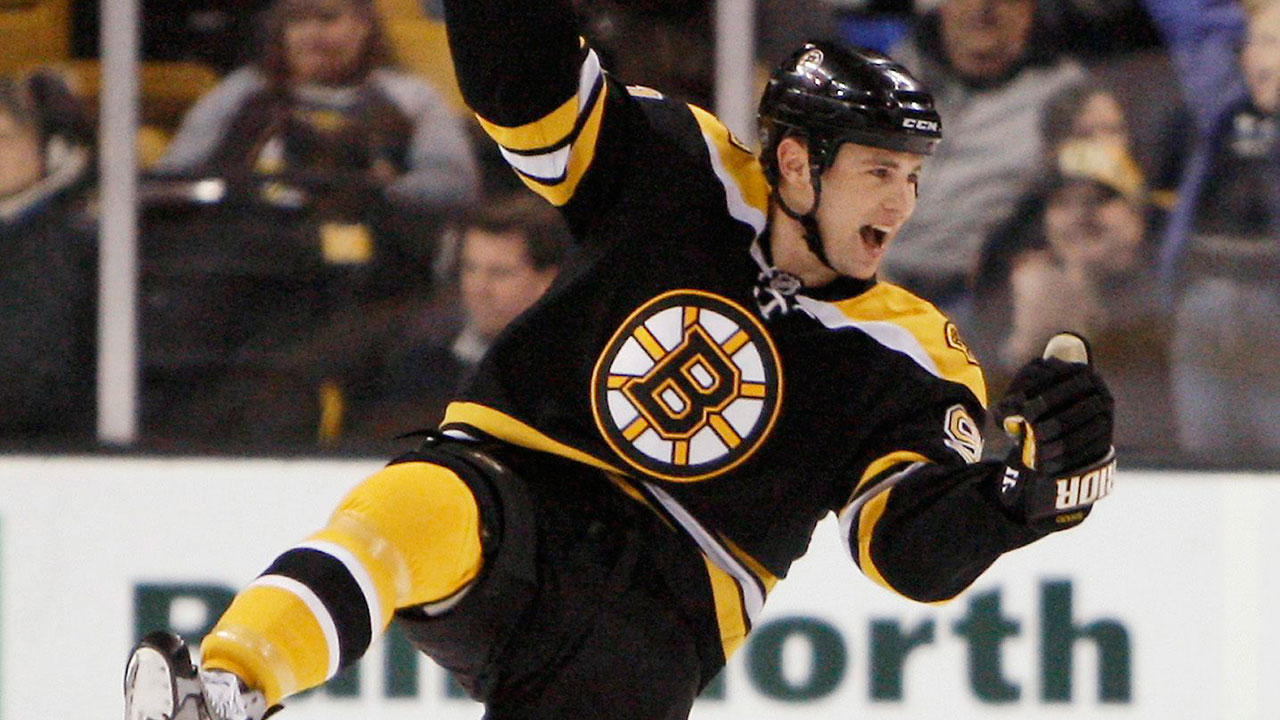
3. Marc Savard
Coates acquired Marc Savard from the Rangers in 1999 with an eye on having the former CHL scoring champ centre a line with Jarome Iginla and Hnat Domenichelli.
However, three years into a stint in Calgary — where he was on the verge of becoming a point-per game player — coach Greg Gilbert and Savard didn’t see eye-to-eye, causing a 2002 rift the two wound up playing out very publicly.
Button chose to side with the coach and promised Savard he’d get him a fresh start elsewhere, trading him to Atlanta for little-know Russian prospect Ruslan Zainullin.
Zainullin never played a game in North America and the situation got even worse when Button wound up firing Gilbert just over two weeks later.
Savard went on to be one of the NHL’s best playmakers over the next eight years, twice eclipsing 95 points, before concussions ended his career prematurely in Boston.
As great as Iginla’s career was in Calgary, many often wondered how much better he and the Flames could have been had he had a No. 1 centre to play with.
Savard could have — no, should have — been that player.
He most certainly could have come in handy in 2004 when the Flames fell one game short of the Stanley Cup.
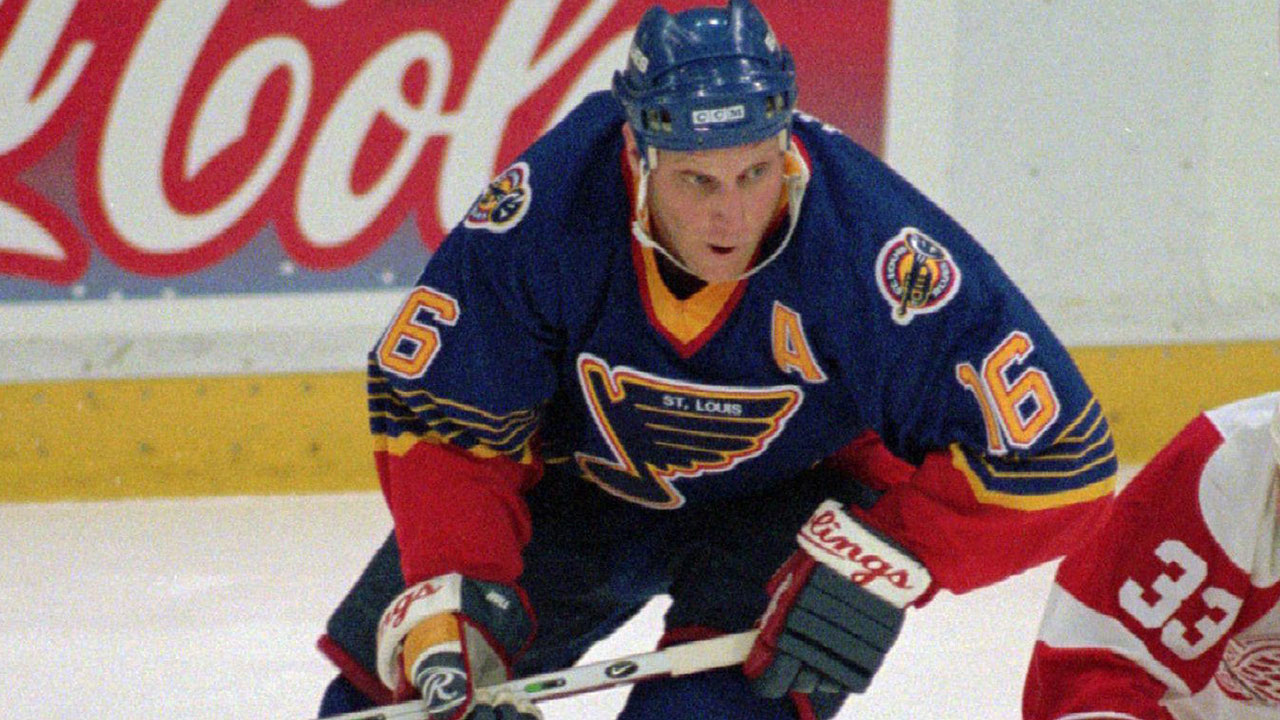
2. Brett Hull
Coates said he’ll never forget the discussion the Flames management team had surrounding the possibility of trading Bobby Hull’s son, Brett.
“I was on a payphone in Flint, Mich., for three hours while (head coach) Bob Johnson, (GM) Cliff Fletcher and Al McNeil went around and around on whether to make the move to trade Brett to acquire Wamsley and Ramage,” said Coates.
“We voted and agreed to make the move. But one thing I won’t forget about that conversation: to a man, we agreed we were probably trading a 40-goal guy. But Cliff made the move for the needs of the team and it paid off. Goals were easier to come by back then.”
A Flames sixth-round draft pick despite scoring 105 goals (in 57 games) in Penticton, Hull scored 50 goals in 67 games as an AHL rookie alongside Gary Roberts and Brian Bradley.
The next year he had 26 goals and almost a point a game in 52 outings with the Flames before the trigger was pulled on a deal both sides benefited from.
“On the right side we had (Lanny) McDonald, Loob, (Joe) Mullen and (Tim) Hunter — so, we had no room for him,” said Coates.
“He would come up and play some games up and then go down. Fact is, the next year we won the Cup, and if we didn’t have defencemen the calibre of Ramage and the support of Wamsley we maybe don’t win.”
As Coates points out, Gary Suter was injured late in the opening round, prompting Ramage to switch sides and fill in on the second pairing with Brad McCrimmon.
Still, it got increasingly harder for Flames fans to swallow the deal down the road when Hull starting posting seasons of 70, 72 and 86 goals en route to a Hall of Fame career that included a Hart Trophy, 103 playoff goals and 741 in the regular season.
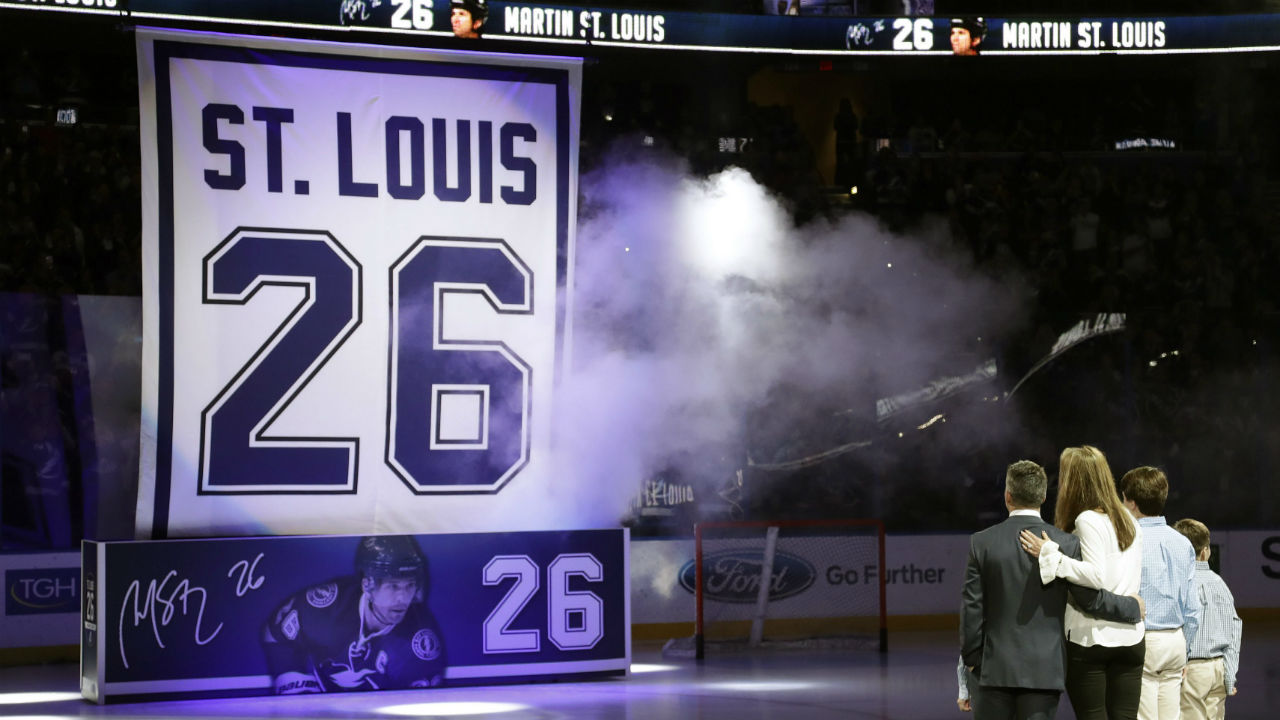
1. Martin St. Louis
It’s one thing to give up on a player, let him walk away for nothing and then watch him win a Hart Trophy and a Stanley Cup before being inducted into the Hall of Fame.
But it’s quite another thing to have him win the Cup at your expense — to steal it from your grasp in your own building.
That’s what St. Louis did a mere four years after he was bought out by the Flames shortly after he went unclaimed in the expansion draft.
Undrafted due to his size, St. Louis was a University of Vermont stud who still drew no NHL interest after leaving school as one of the most prolific collegians of his time. Coates signed the five-foot-eight winger in February 1998 after seeing him shine in the IHL, sending him to Saint John where he scored 26 points in 25 games before adding 20 more in a 20-game playoff run that ended two games short of a Calder Cup.
After two more years of dominating in the AHL but struggling in the bigs, Coates picked up the option year of St. Louis’ contract, only to be fired and have Button buy him out.
Signed by Tampa Bay, he proceeded to win two league scoring titles, three Lady Byngs, a Hart, a Lester B Pearson Award, World Cup of Hockey gold as well as Olympic gold as part of a career that saw him score more than 1,000 points and eclipse 1,000 games.
The real killer came in Game 6 of the 2004 Stanley Cup final when the six-time all-star scored in double overtime at the Saddledome to halt an epic Red Mile celebration, sending the series back to Tampa where the Lightning won 2-1.


